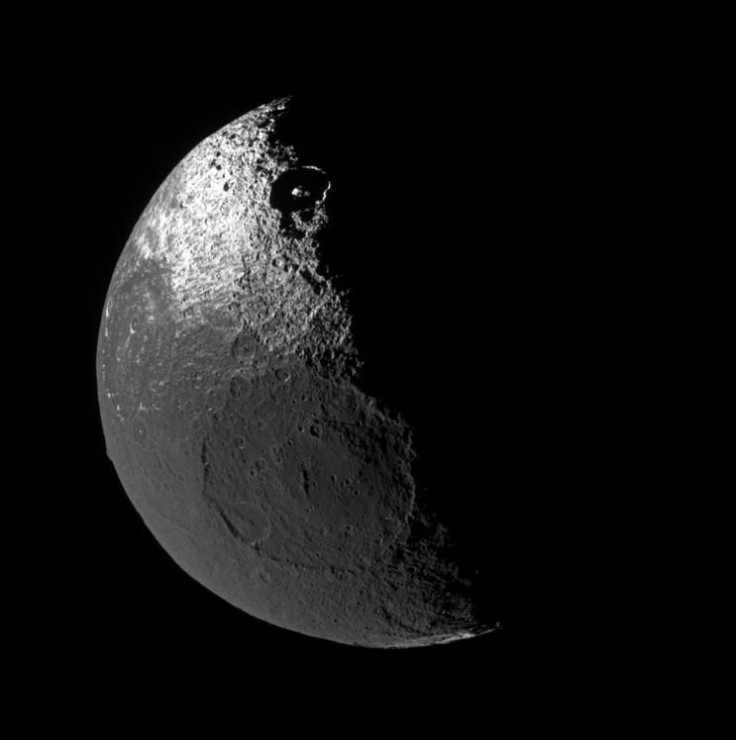NASA Releases Incredible 3D Map Of The Moon

NASA has released an accurate and highly-detailed 3D map of the Moon. Dubbed as the CGI Moon Kit, it was released by NASA to make it more accessible to the public and 3D artists.
For the CGI Moon Kit, NASA turned to the images taken by its Lunar Reconnaissance Orbiter (LRO), which has been mapping the Moon since 2009. According to NASA, taking photos of the Moon using the LRO was very challenging. The agency likened it to trying to capture an image of a 3D object using a smartphone while moving at a speed of almost one mile per second.
Despite these conditions, the LRO was still able to accomplish its task and take accurate photos of the Moon. NASA noted that the images used for the CGI Moon Kit were taken using the LRO’s camera and laser altimeter. The camera functioned like a scanner to map out every inch of the lunar surface. The laser altimeter, on the other hand, detected the dimensions of the moon as well as its topography using laser pulses.
The data collected by the two equipment were then sent to Earth to be processed and analyzed by NASA’s LRO team.
Ernie Wright, a science visualizer from NASA’s Scientific Visualization Studio, collected the images taken by the LRO to form a 3D map of the Moon. According to Wright, the CGI Moon Kit will serve as a helpful tool for 3D artists.
“[The Moon Kit] will bring the LRO data within reach of lots of other artists who want to do the kinds of things that I do,” he said in a statement.
Aside from 3D artwork, NASA also intends to use the CGI Moon Kit for Artemis, the agency’s current spaceflight program that aims to launch new missions to the Moon and Mars. Through the 3D map of the Moon, NASA will be able to accurately pinpoint safe landing areas for its upcoming missions.
The CGI Moon Kit can be accessed through the Scientific Visualization Studio’s website. Aside from downloading the map, users can also view Wright’s technical descriptions for the various features of the CGI Moon Kit.
© Copyright IBTimes 2025. All rights reserved.





















